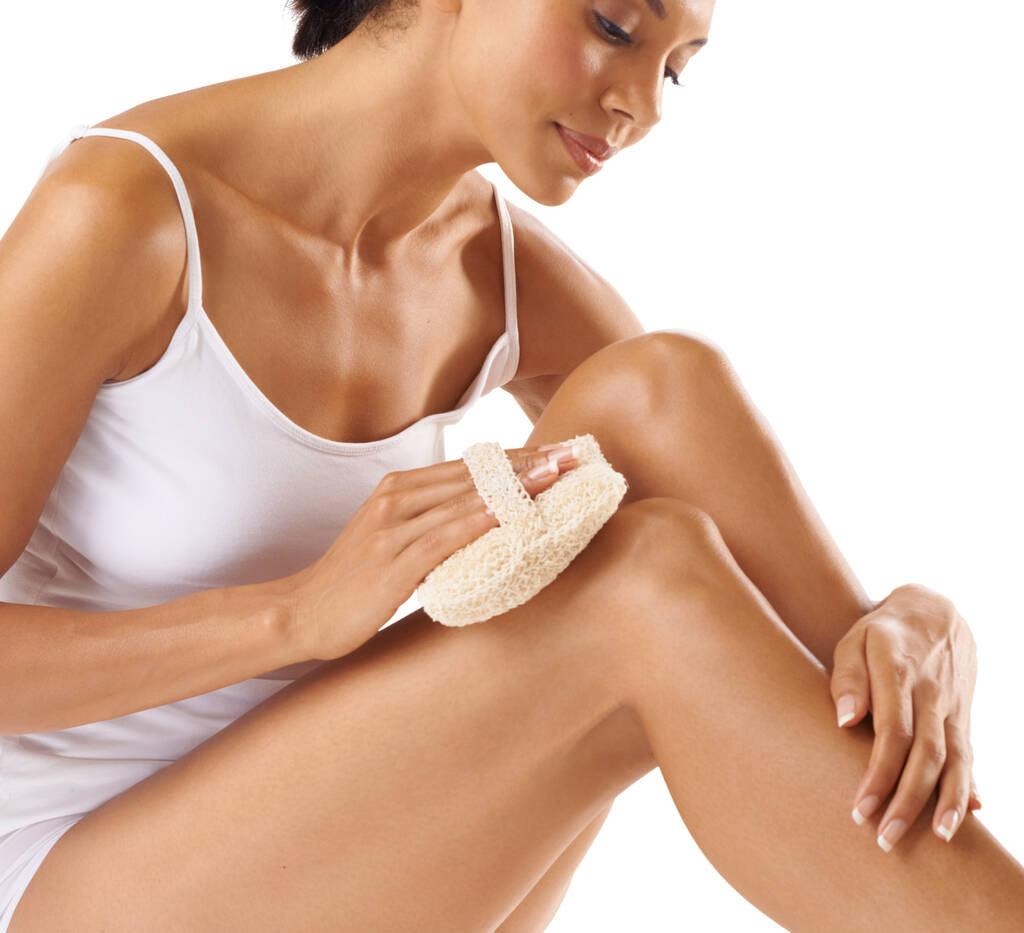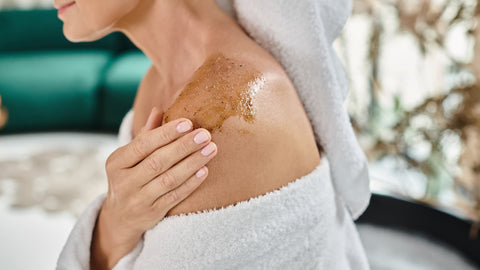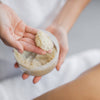Am I Over-Exfoliating? Signs and Steps to Heal

It’s a must to exfoliate if you want smooth, radiant skin. Yet, there’s a fine line between healthy exfoliation and overdoing it. If you have noticed your skin becoming unusually sensitive, red, or itchy, or if breakouts and flaky patches have become more frequent, you might be experiencing the consequences of over-exfoliation. Today, let’s try to answer the question: Am I over-exfoliating? We’ll also guide you on how to address & prevent this completely avoidable skin issue.
What does over-exfoliating do?
Over-exfoliating can lead to damaging your skin barrier. The skin barrier is a protective layer of fats and oils that help lock in moisture and shield against irritants. Without it, the skin is vulnerable to dehydration, allergens and bacterial attacks. While you want to get rid of dead skin cells through exfoliation, doing it too often can put your skin’s protective layer at risk of being susceptible to several issues.
How do you know if you are over-exfoliating?
The symptoms of over-exfoliated skin are unmistakable. Here are some signs you should watch out for:
Visible redness and irritation
The initial sign of over-exfoliation often manifests as visible redness and persistent irritation. This occurs when the skin barrier is compromised, leaving it exposed and sensitive to environmental factors. A slight flush post-exfoliation can be normal, but if the redness and irritation persist, it’s a clear signal to ease up on exfoliating.
Increased oiliness and shine
It might seem paradoxical, but over-exfoliation can lead to an increase in oiliness. When the skin is stripped of its natural oils, it may overcompensate by producing more sebum, leading to an unwanted shine and exacerbating skin issues like acne.
An uptick in breakouts
Can over-exfoliating cause breakouts? Yes.
It can disrupt the skin’s balance, making your face more prone to breakouts. So, while exfoliation can help keep pores clear, keep in mind that excessive scrubbing can irritate and inflame the skin and lead to more pronounced breakouts.
Flakiness and dry skin
Is there a feeling of tightness in your skin? An over-exfoliated skin may start to show dry patches or flakiness. This is your skin’s way of signalling that it has been stripped of natural moisture and needs a gentler touch.
Sensitivity to products that never caused discomfort before
If your skin suddenly becomes highly sensitive to products that previously caused no reaction, it could be a symptom of over-exfoliation. This heightened sensitivity can make your skin more susceptible to the sun and other environmental stressors, leading to discomfort and potential damage.

How do you heal over-exfoliated skin?
If you’ve realised that your exfoliation routine might be too aggressive, it’s time to dial back and focus on repair. Here’s how to soothe and restore your skin’s balance:
- Simplify Your Skincare Routine: The first thing you have to do is stop using exfoliating products temporarily. Then, pare back to basics: a gentle cleanser, a hydrating moisturiser or facial oil, and, crucially, SPF during the day.
- Pause Active Ingredients: Set aside products containing retinol, Vitamin C, glycolic acid, and other actives. Even products with low percentages of these ingredients should be avoided to give your skin a chance to recover.
- Look for Barrier-Repair Ingredients: Pick products rich in ingredients known to repair and strengthen the skin barrier. Look for ceramides, shea butter, fatty acids, and natural oils like jojoba, argan, and coconut. Need a moisturiser for over-exfoliated skin? Hyaluronic acid is a good ingredient to look for because it is excellent for attracting and retaining moisture.
How can you prevent it from happening again?
Once your skin has healed, you can slowly reintroduce exfoliation into your routine, but with a more mindful approach. Remember, the goal is balance. Consider alternating between physical exfoliants (like body scrubs with gentle particles) and chemical exfoliants (such as AHAs and BHAs) based on your skin’s tolerance and needs. Always listen to your skin: if it shows any sign of discomfort, take a step back.
Keep in mind that exfoliation should not be a daily ritual. Doing it two to three times a week is sufficient for most; you can do the same to avoid stripping essential oils your skin needs. If you have dry skin, once a week may be enough, while those with oilier skin might benefit from a more frequent routine.
Also, skincare is personal; there’s no universal rule that fits everyone. Yet, one principle stands: always follow the product’s usage guidelines. It might be tempting to use more of a product that seems to work wonders, but moderation is the secret to maintaining vibrant and healthy skin.
Final Thoughts
Over-exfoliation can set your skincare progress back, but with the right approach, it’s entirely reversible. Start by recognising the signs and taking steps to heal and protect your skin. Then, build a healthy, effective exfoliation routine that leaves your skin looking its best. Remember, when it comes to skincare, sometimes less is more.






